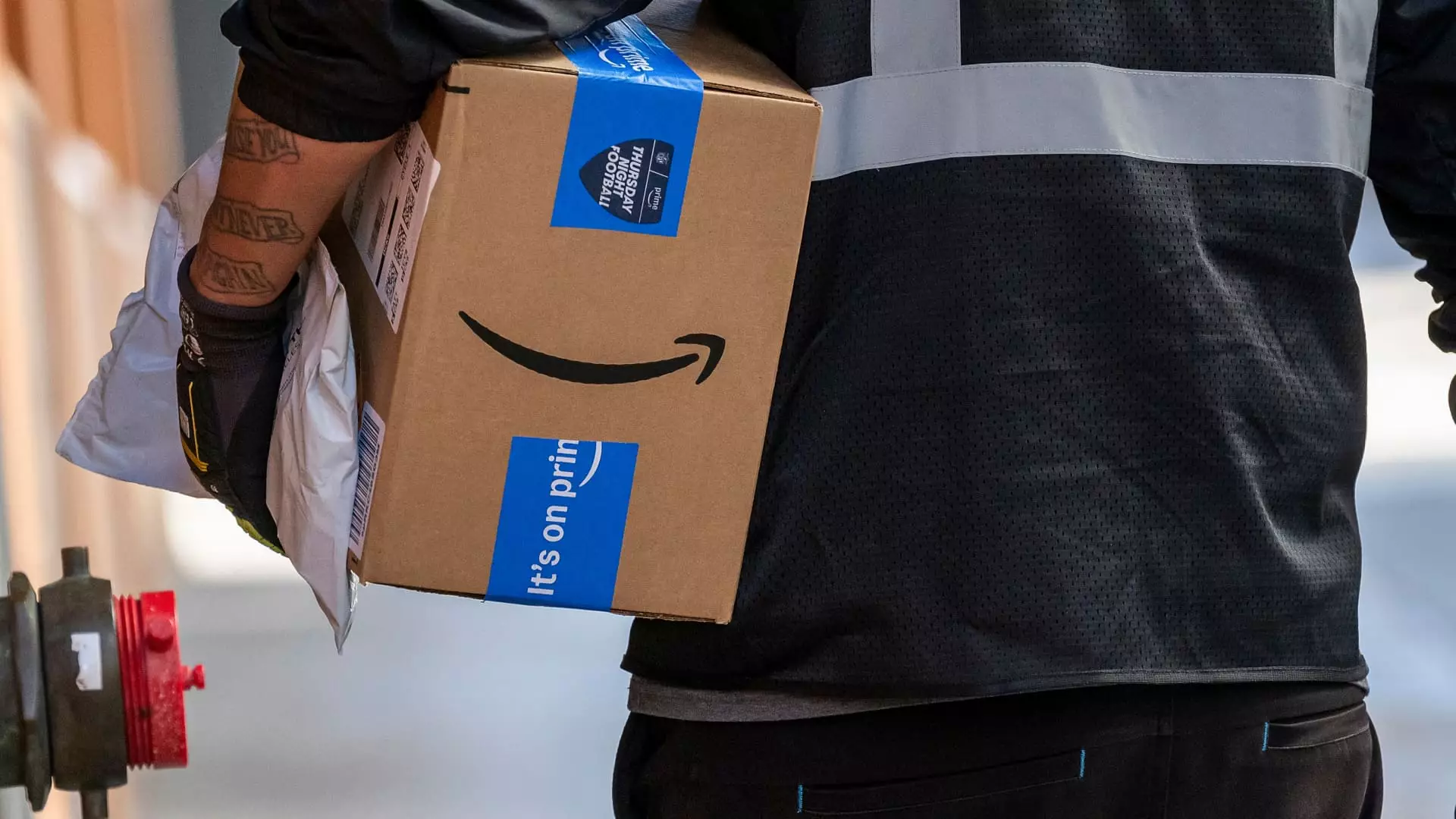Amazon’s recent foray into the health care market signifies a critical shift in how telehealth services are delivered. By offering fixed pricing for treatments targeting common concerns such as erectile dysfunction and hair loss, the retail giant is making significant strides in a space already populated by established players. This move not only highlights Amazon’s commitment to health care but also introduces a shakeup that could transform consumer access and affordability in telehealth.
One of the most noteworthy aspects of Amazon’s announcement is the fixed pricing structure available to Prime members. The costs for treatments like erectile dysfunction at $19 a month, or anti-aging skin care starting at just $10, offer a stark contrast to traditional health care pricing models. Similar pricing strategies have proven effective for competitors like Hims & Hers, leading to sharp declines in their stock prices—Hims & Hers saw a staggering 17% drop upon the announcement. By allowing users to review treatment costs upfront before committing, Amazon is reducing the barriers commonly associated with healthcare decisions, significantly enhancing transparency and trust between patients and providers.
Amazon’s recent introduction of a telehealth service is not its initial venture into the health sector. Following the acquisition of One Medical for approximately $3.9 billion last summer, the tech giant has already established a significant foothold. Current offerings include a variety of consultations beyond the newly launched treatments. With video visits averaging at $49 and messaging sessions priced at $29, Amazon is positioning itself as a high-quality service provider amidst growing demand for accessible health care solutions. This recent initiative builds on Amazon’s existing, albeit troubled, efforts in telehealth, a testament to its persistence in this lucrative and essential market.
Crucially, medications filled through Amazon Pharmacy are now eligible for discounts as part of these health services. This integration allows Prime members to enjoy a seamless experience—from consultation to medication delivery—directly to their homes, packaged in standard Amazon deliveries. This innovative approach not only taps into Amazon’s efficient logistics network but also fosters adherence to treatment plans among patients by simplifying the medication acquisition process.
While Amazon’s intentions in the health care sector are clear, challenges remain on the horizon. Previous attempts at creating telehealth services, such as the Amazon Care program that was later discontinued, serve as lessons in navigating the complexities of health care regulations and consumer expectations. The future of this endeavor will not only hinge on maintaining competitive pricing but also on successfully marketing these services to an audience increasingly skeptical about online health care transactions.
Amazon’s latest offering represents a significant shift in the telehealth landscape. By leveraging its membership model, enhancing pricing transparency, and integrating pharmacy services, the company is poised to redefine how consumers access health care. As it navigates this challenging yet promising sector, all eyes will be on Amazon to see if it can sustain momentum and avoid the pitfalls of its previous attempts.

